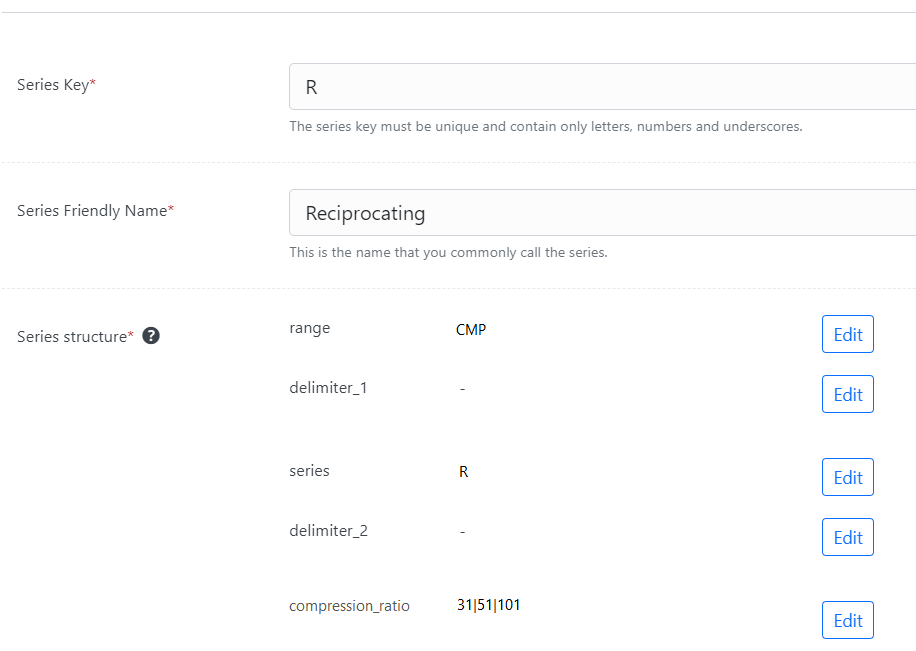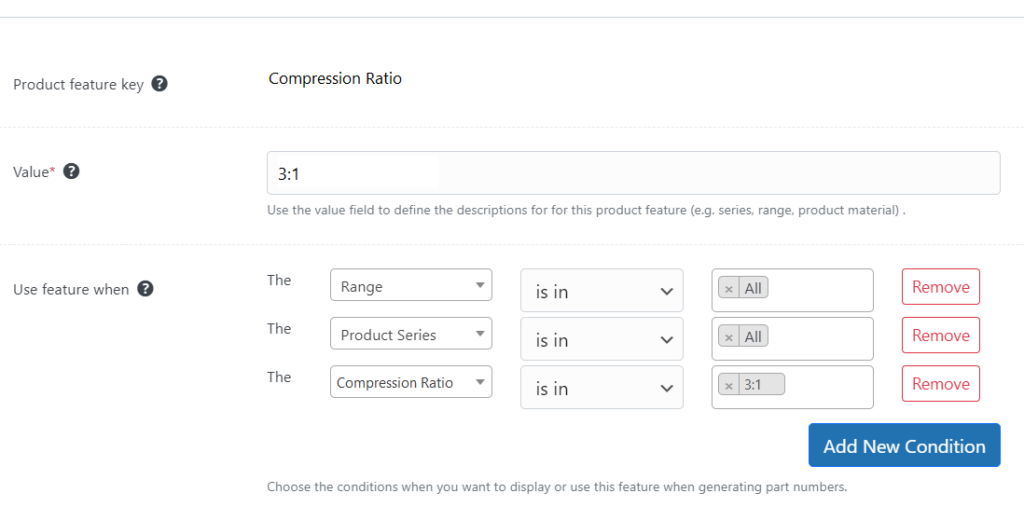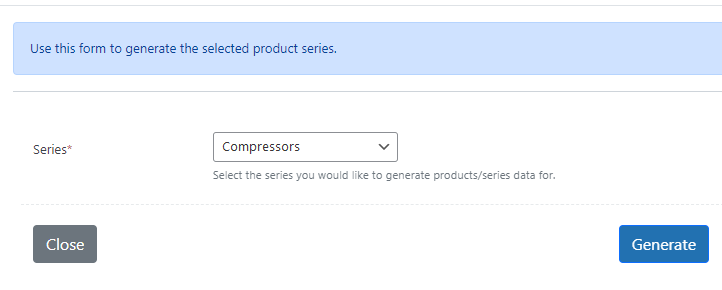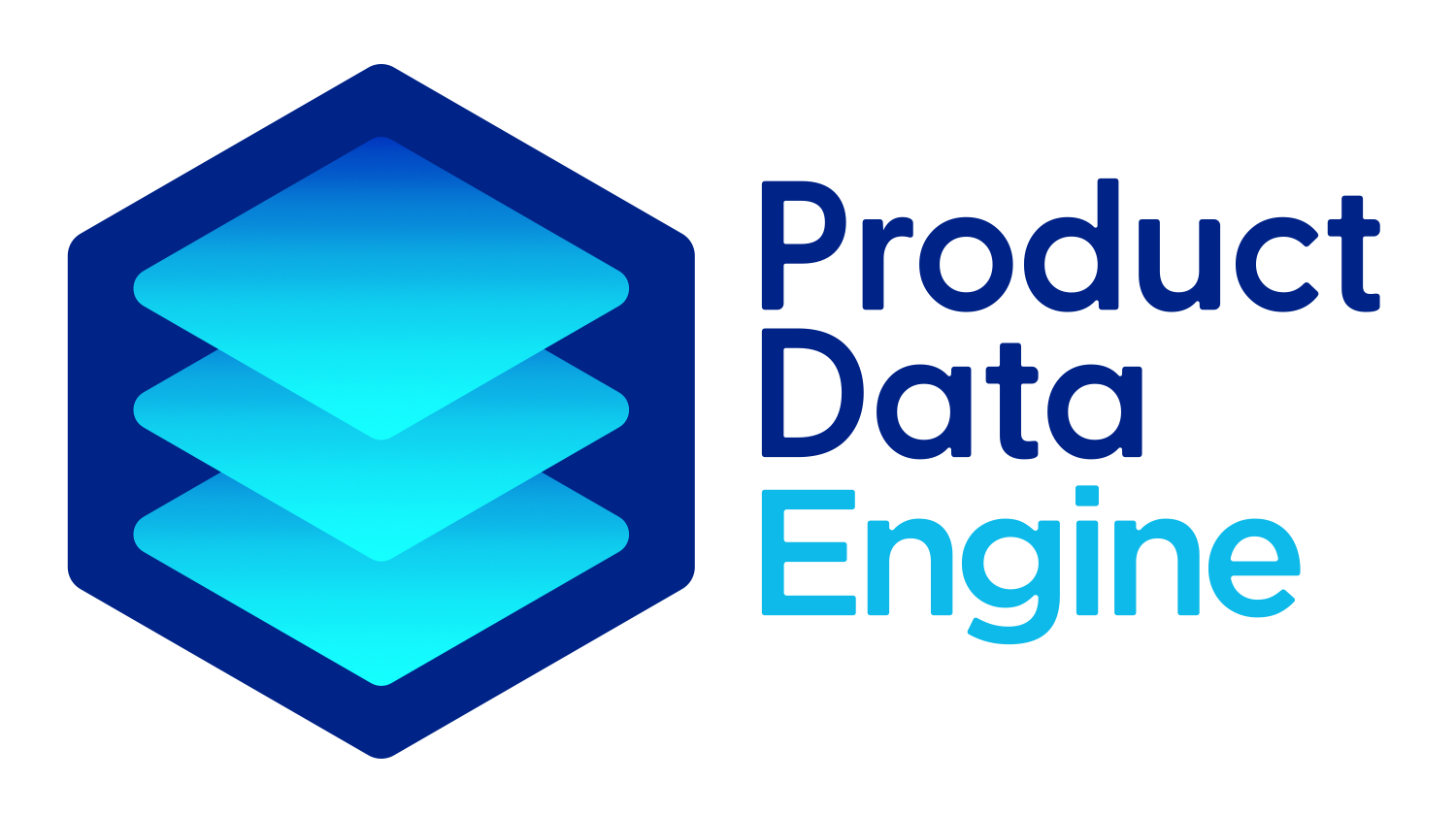
Intelligent Part Numbering Scheme For Compressors
This article outlines how to create an intelligent part numbering scheme for Compressors, and how you can accurately manage this at scale
A compressor is a mechanical device that is used to increase the pressure of a gas or vapor to store it or transport it to another location. Compressors are used in a variety of industries, including refrigeration, air conditioning, gas transportation, and chemical processing. To create a part numbering scheme for compressors, there are several characteristics you might take into consideration. Here are 6 as an example:
1. Compressor type: This characteristic could identify the type of compressor, such as “reciprocating,” “rotary,” or “scroll.”
2. Compression ratio: This characteristic could specify the ratio between the discharge pressure and suction pressure of the compressor, such as “3:1,” “5:1,” or “10:1.”
3. Capacity: This characteristic could specify the volume of gas or vapor that the compressor can handle, such as “10 cfm,” “50 cfm,” or “100 cfm.”
4. Motor power: This characteristic could specify the power of the motor that drives the compressor, such as “1 HP,” “5 HP,” or “10 HP.”
5. Number of stages: This characteristic could specify the number of stages of compression of the compressor, such as “single-stage,” “two-stage,” or “three-stage.”
6. Mounting type: This characteristic could specify the mounting configuration of the compressor, such as “base mount,” “flange mount,” or “vertical mount.”
To create the actual part number, you could assign a unique code to each option for each characteristic. For example, you could use an abbreviation for the range (e.g. CMP for Compressors) and then for the compressor type (e.g. R for reciprocating, RY for rotary), and so on. Then, you can combine the codes for each characteristic to form the complete part number. For example, a compressor with the following characteristics:
Reciprocating compressor with 5:1 compression ratio, 50 cfm capacity, 5 HP motor power, two-stage compression, base mount
This might result in a part number that looks like this: CMP-R-5:1-50-5HP-2STG-BM
Or for some further examples:
Rotary compressor with 10:1 compression ratio, 100 cfm capacity, 10 HP motor power, three-stage compression, flange mount: CMP-RY-10:1-100-10HP-3STG-FM
Scroll compressor with 3:1 compression ratio, 20 cfm capacity, 1 HP motor power, single-stage compression, vertical mount: CMP-SC-3:1-20-1HP-1STG-VM
You can then use this part number as a unique identifier for the compressor in your inventory management system or product catalog.
How can this be done accurately at scale?
PDE is designed to make the definition, management and generation of these part number schemes easy to manage at scale.
Rules for how the product codes should work are entered into the system and then the system can generate the most complicated combinations accurately.
Setting up a the structure of a product series in PDE is straight forward.

Once you have the structure defined, you can add feature data like compression ratio and control how and where features appear using simple to define rules.

Once you have loaded your data head to the generator.

It will take seconds to generate hundreds of accurate web pages, data sheets and series overview.

The best way to see if Product Data Engine is a good fit for your requirements is to take a look at our 3 minute product tour. We would love to show it to you and see if it is a good fit.
